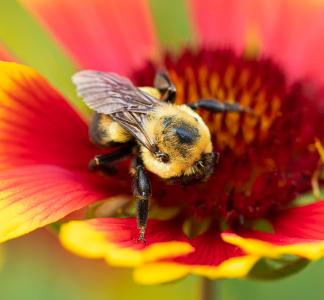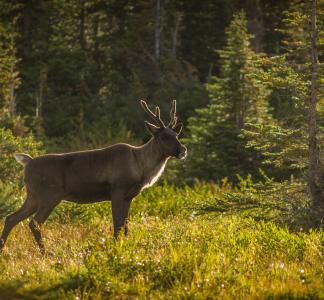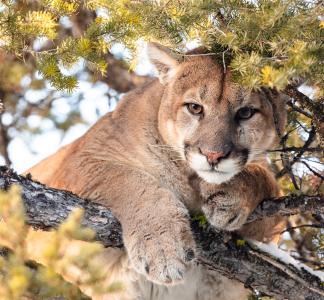New wildlife threat findings confirm we have to protect lands and waters
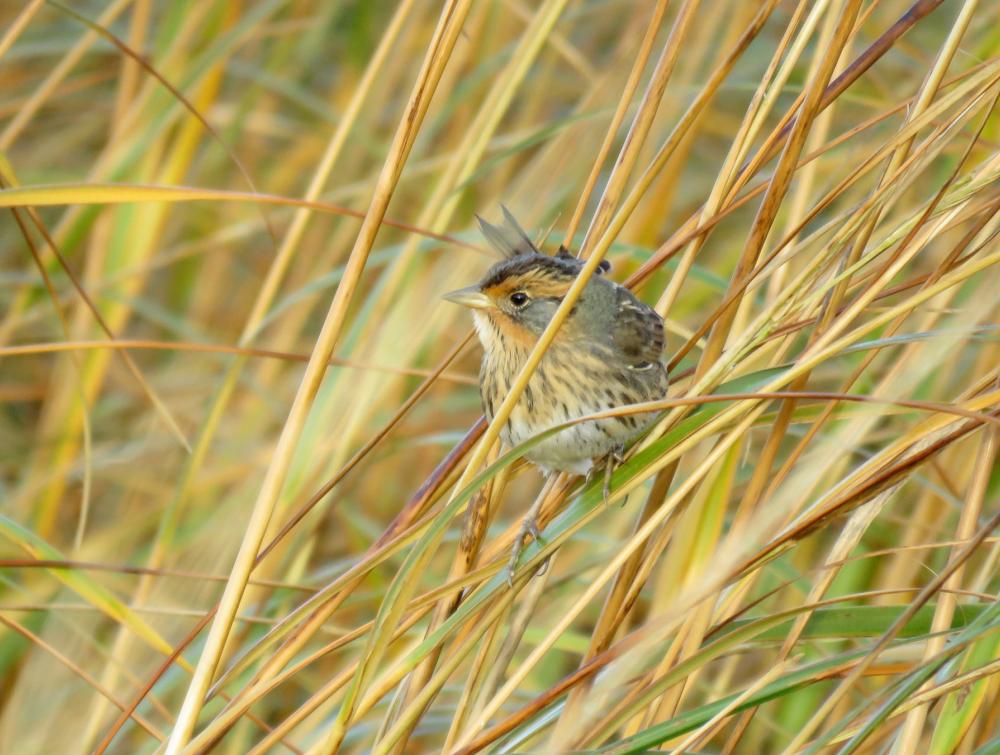
Declines in saltmarsh sparrow populations have been linked to loss of habitat due to development.
Brian Henderson, Flickr
Recent science & news again point to conserving habitat
You’re not imagining things: every few days, there’s some news story or scientific finding that reflects the dire reality of the extinction and nature-loss crisis.
But beyond being scary, these stories tend to have something in common: invariably, they point to solutions that include conserving wild lands and waters. See for yourself...
⮕ Hundreds of bird species have deteriorated.
A recent report found that 48 percent of bird species are known or thought to be declining, with the “growing footprint of the human population” the biggest factor. Human-caused land-cover changes (for example, a logged forest becoming grassland, or even being converted to a paved area) are likely to have reduced total bird populations by as much as one-quarter since pre-agricultural times.
- SOLUTIONS: The single highest priority action identified to save threatened bird species is conserving habitat. The report also emphasizes enacting “broader-scale policy measures to retain and restore natural habitats in wider landscapes” and improving management of lands that are already protected.
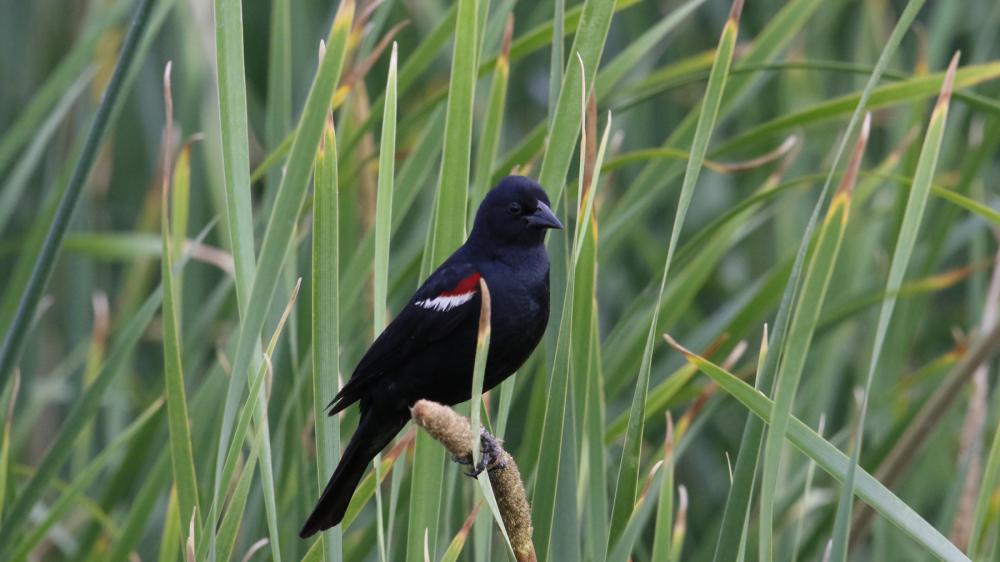
Loss of land where the tricolored blackbird forages for food has pushed it to endangered status.
Matt Elyash, California Dept. of Fish and Wildlife, Flickr.
⮕ Insects face “death by 1,000 cuts.”
Recent findings show that climate change and habitat loss, especially, are working in tandem to deal insects “death by 1,000 cuts.” These factors are associated with a nearly 50 percent reduction in insect abundance (total number of insects) and a 27 percent reduction in the number of insect species.
- SOLUTIONS: The report concludes that having intact natural habitat available majorly reduces the magnitude of insect losses. Insects are integral to the survival of life as we know it, serving as pollinators, engineers of decomposition and soil quality, pest-killers and integral pieces of complex food webs.
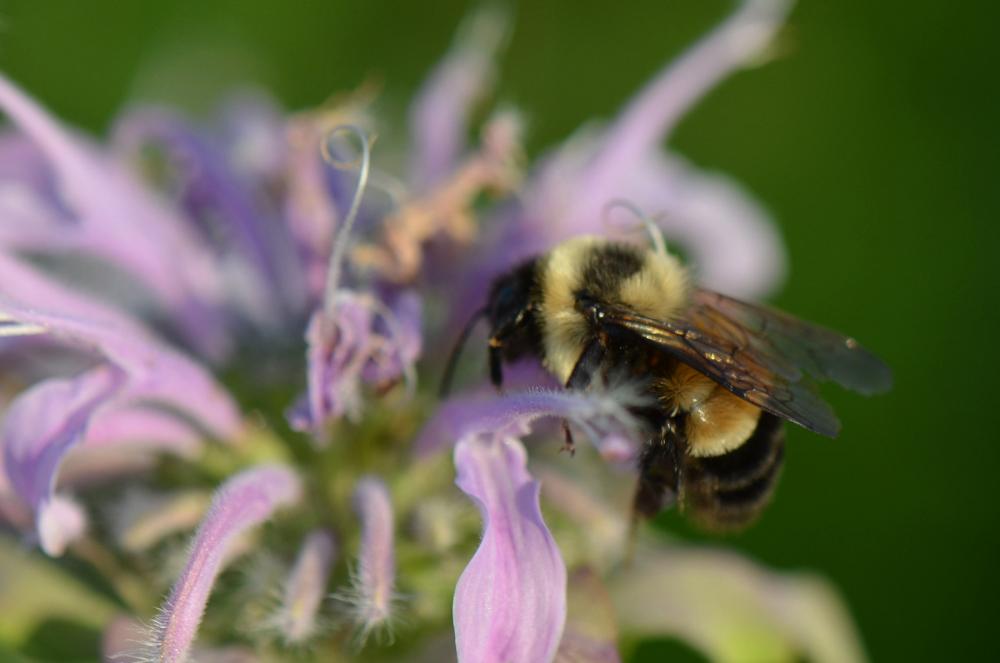
Habitat loss from agriculture and development threatens the critically endangered rusty patched bumble bee.
USFWS, Flickr
⮕ Development and other threats put reptiles in peril.
A new report finds that more than 21 percent of reptiles worldwide are threatened with extinction, driven by threats like expansion of large-scale agriculture, logging and development. Reptiles living in forest habitats are especially vulnerable.
- SOLUTIONS: The study recommends preserving habitat for reptiles, among other measures, to buffer them from development and other human-caused threats.
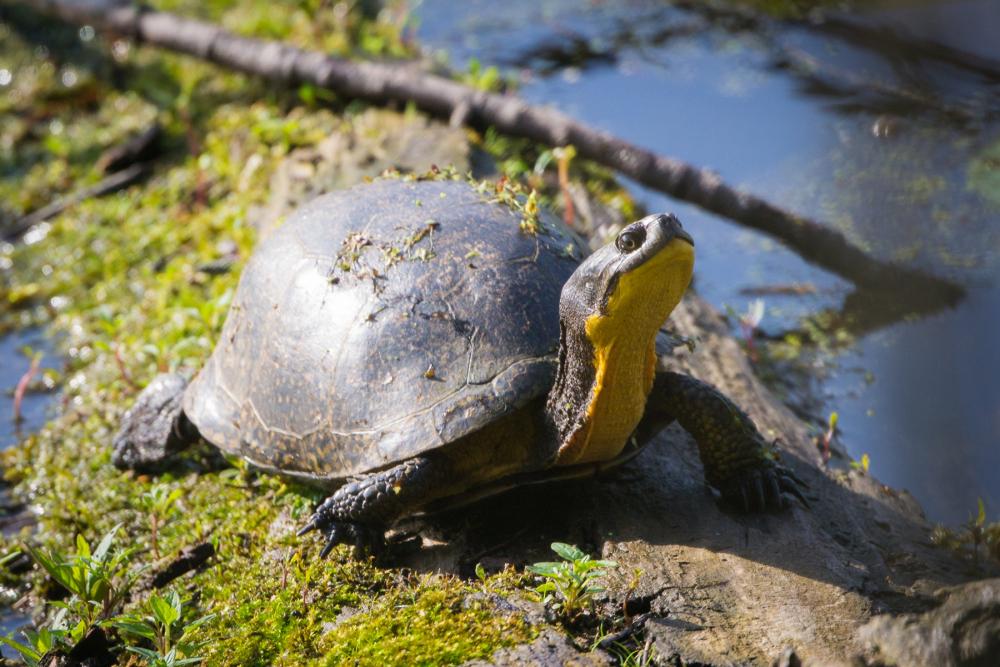
Blanding's turtles have been impacted by roads and fragmentation of habitat, leading the IUCN to list them as endangered.
Andrew Cannizzaro, Flickr
⮕ Increased risk of diseases like COVID-19 spreading.
We already know that as human development pushes deeper into formerly “wild” areas, people are exposed to more new disease vectors, and potentially more pandemics like COVID-19 and Ebola. New research predicts that the pressure exerted by climate change on wildlife will dramatically increase the risk of those diseases “jumping” to humans.
- SOLUTIONS: Scientists have said reserving intact habitat undamaged by human development would reduce the chances of diseases moving from wildlife to people. With climate change making those "spillover" instances more common, protecting such lands and waters will become even more important.
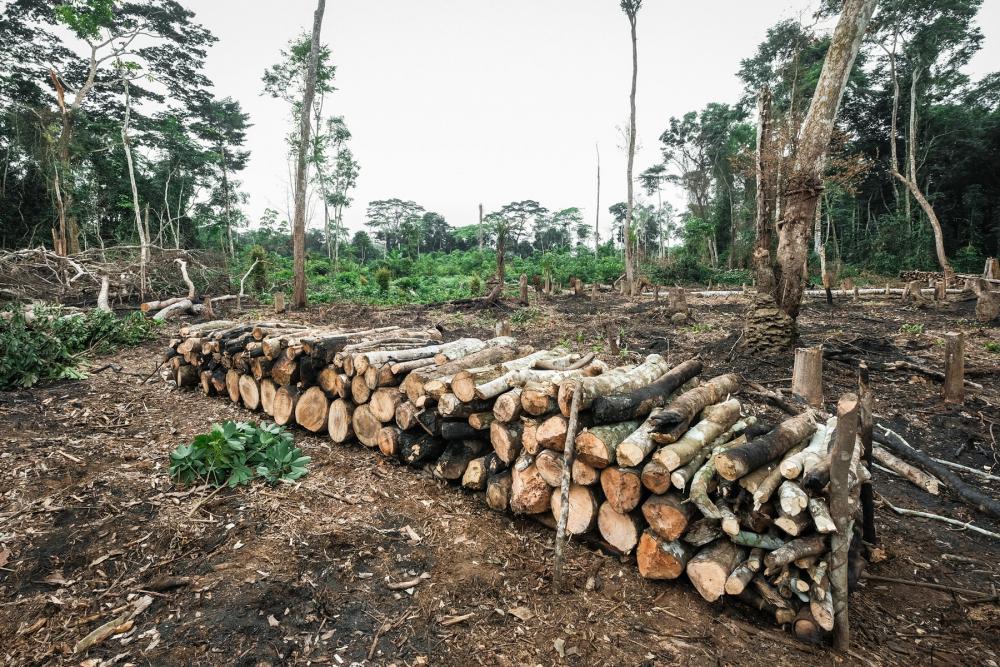
Increased probability of outbreaks of viruses like Ebola has been linked to deforestation.
Axel Fassio, CIFOR, Flickr
We must protect a resilient network of lands and waters
Every day, runaway development eats up more of our dwindling wild nature. In fact, just 14 percent of land here in the U.S. is protected from large-scale threats like drilling, mining and road-building. Those islands of protected land that remain—and the lands and waters that link them—are vital for the survival and health of both communities and wildlife.
As the latest findings affirm, the Biden administration needs to prioritize protecting a network of lands and waters that will support human life and wildlife alike, allowing us to adapt in the face of climate change and other threats.
